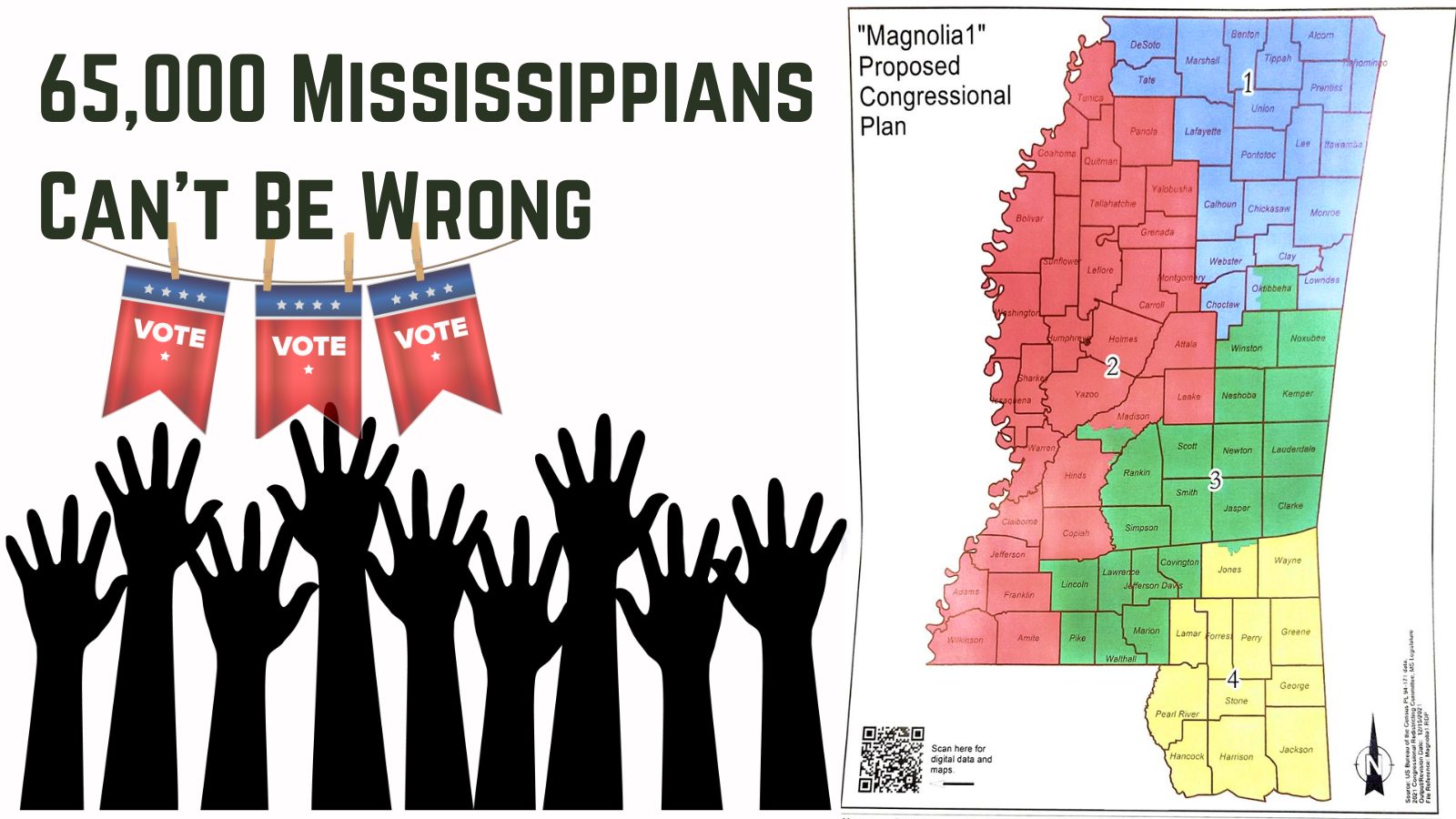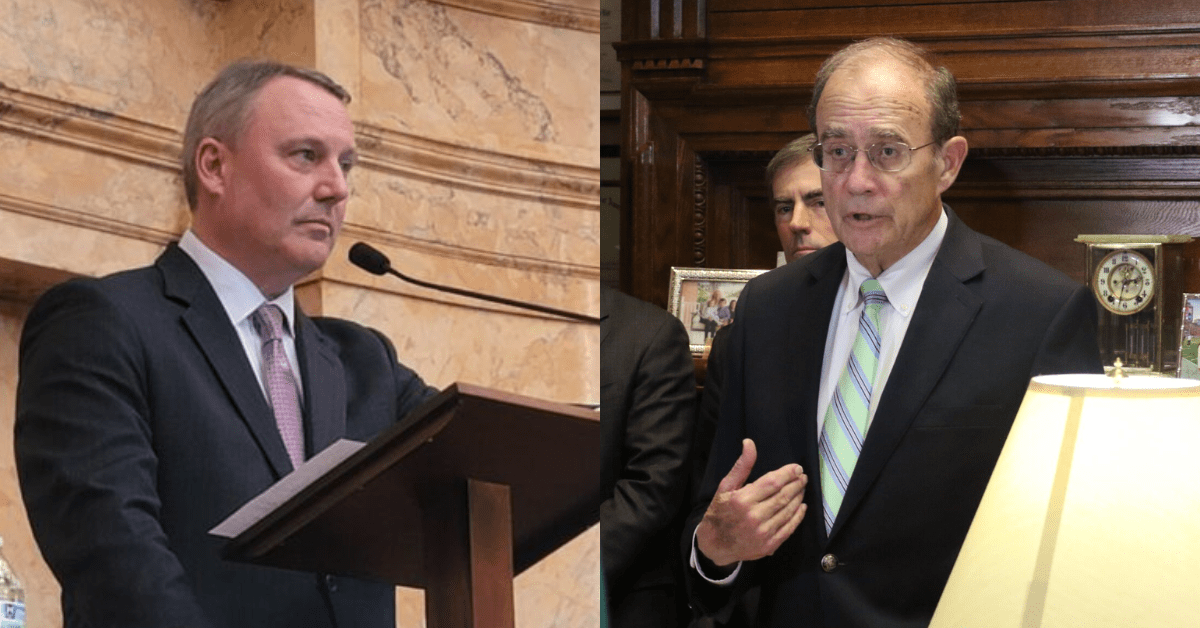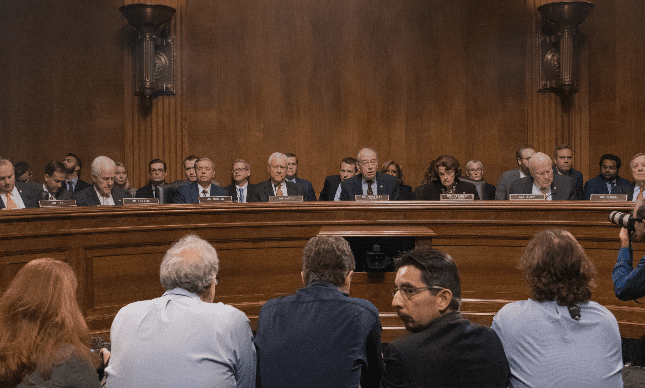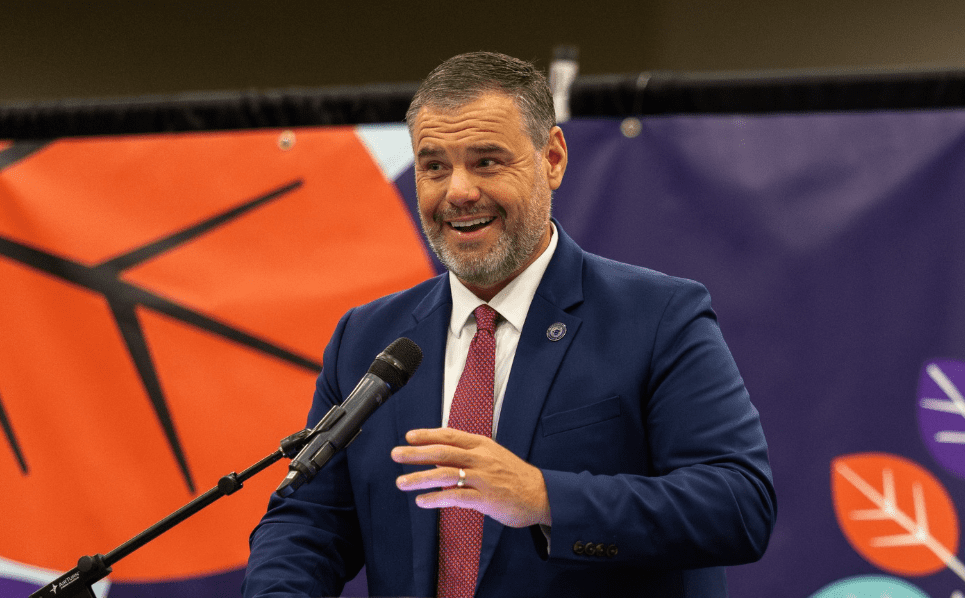
It’s time to stop segregating voters by way of racially gerrymandered voting districts.
On Wednesday, the Joint Legislative Redistricting Committee recommended its proposed plan to reapportion Mississippi’s four Congressional Districts. This redistricting is required every 10 years following the U.S. Census.
According to the 2020 Census, nearly 65,000 citizens have moved out of Mississippi’s 2nd Congressional District, finding homes and employment in other parts of the state. As such, because of an antiquated metric imposed by the federal government and reaffirmed by the courts, that district is likely to soon stretch almost the entire length of the state to account for what’s called BVAP – Black Voting Age Population.
The intention of Section 2 of the federal Voting Rights Act of 1965 was to prevent states and local governments from drawing voting districts that deny minorities the chance to elect a candidate of their choosing, essentially forcing states to draw districts in such a way that black voters could elect black candidates with greater ease. The goal was to raise the black voting population to a high enough level so that if black voters turned out to vote, they could elect their candidate of choice. The underlying assumption for this policy was that skin tone is a primary factor, if not the main factor, in who one voted for.
This practice has openly allowed for government endorsed racial gerrymandering and the de facto segregation of voters.

The latest Census data shows that nearly 55% of the black population in the U.S. lives in the southeast region of the country.
Mississippi has the highest percentage of black population in the U.S., accounting for nearly 39% of its just under 3 million people.
Mississippi has more majority black counties than any other state, the top three of which are Claiborne, Jefferson and Holmes with a black population percentage of 88.6%, 86.72%, and 85.23%, respectively. All of these, and the vast majority of the other majority black population counties are located in the Delta, or Mississippi’s 2nd Congressional District.
The black voting population in Mississippi is just over 37%, representing one of the closest gaps between white and black voting populations in the U.S. By comparison, Maine has less than a 1% black voting population. Liberal states such as California (6.7%), Colorado (4%), and Massachusetts (6.9%) are all at a substantially lower black voting population than Mississippi.
Based on the intent of the Voting Rights Act, essentially assuming black voters are statistically far more likely to vote for black candidates, it’s not a stretch to see how, in practice, Democrat Congressman Bennie Thompson has built a virtually impenetrable operation that allows him to cruise to reelection every two years without lifting a finger as he continues to compile an over million dollar campaign war chest.
That electoral safety and security also provides Thompson with the cover to essentially vote against the interests of his district on issues that would otherwise be unpopular with a more diverse voting base. A perfect example of that is his backtracking on the Yazoo Pumps that would alleviate flooding for thousands of Mississippians in the lower Mississippi Delta.
The truth is voter trends by and large are based on actual policy positions, platforms and governing philosophy – not skin color. Mississippi is a prime example.
Over the last 10 years, the Mississippi Legislature has gone from being controlled for over 100 years by Democrats to now having Republican supermajorities in both chambers at the Capitol. All eight of the statewide offices are held by Republicans and the GOP holds majorities on both region commissions. That did not happen until 2019. The state’s two U.S. Senators and 3 of the 4 Congressmen are also Republicans.
This political sea change was a direct result of more conservative-minded politicians following the voting trends of those in their districts and making the switch from Democrat to Republican. Voters have subsequently rewarded them for it by re-election. If not for party switchers at the state and local level, the Mississippi Legislature would still be in Democratic Party control.
And yet, Mississippi still has the highest percentage of elected African American officials in the country. That is largely due to very high BVAP districts, mostly located in what is or will be Mississippi’s 2nd Congressional District.

The 2020 Presidential Election highlighted this fact well. Compare the Mississippi election map here with the majority black population county map above. It’s easy to see why Democrats and black organizations do not want less racially gerrymandered districts and routinely call for voting districts with higher BVAP.
Yet, what ultimately results when viewing voters through a race-based lens is a group of elected elites that only exist to serve themselves and not the constituents its candidates claim to hold dear. It creates a political party that is inept and disconnected from voters that cannot attract support from its national counterparts in terms of financing and grassroots engagements, and that is content with being the opposition party akin to a little yappy dog nipping at the heel of Goliath.
It’s time Mississippi and other states take a hard look at the process of segregating voters and insulating politicians based on their race every decade or so. The federal government and the federal judiciary should do their part to end, or at the very least substantially moderate, this practice. Our republic operates best in an environment that allows for a healthy, robust debate of policies and principles that resonate with its citizens from every walk of life, regardless of the color of their skin.
To put it plainly, 65,000 Mississippians can’t be wrong. The racially lopsided districts are losing population at warp speed as citizens realize politicians in these areas are not delivering and essentially can never deliver what they promised. Voters, instead, are voting with their feet by moving to districts where leaders are better serving their constituents through attracting job creators, reducing crime, and improving the overall quality of life for families through better educational attainment and a vast array of retail and entertainment amenities.
Disenfranchising one group in favor of another is wrong, no matter which side of the spectrum you peak through.











